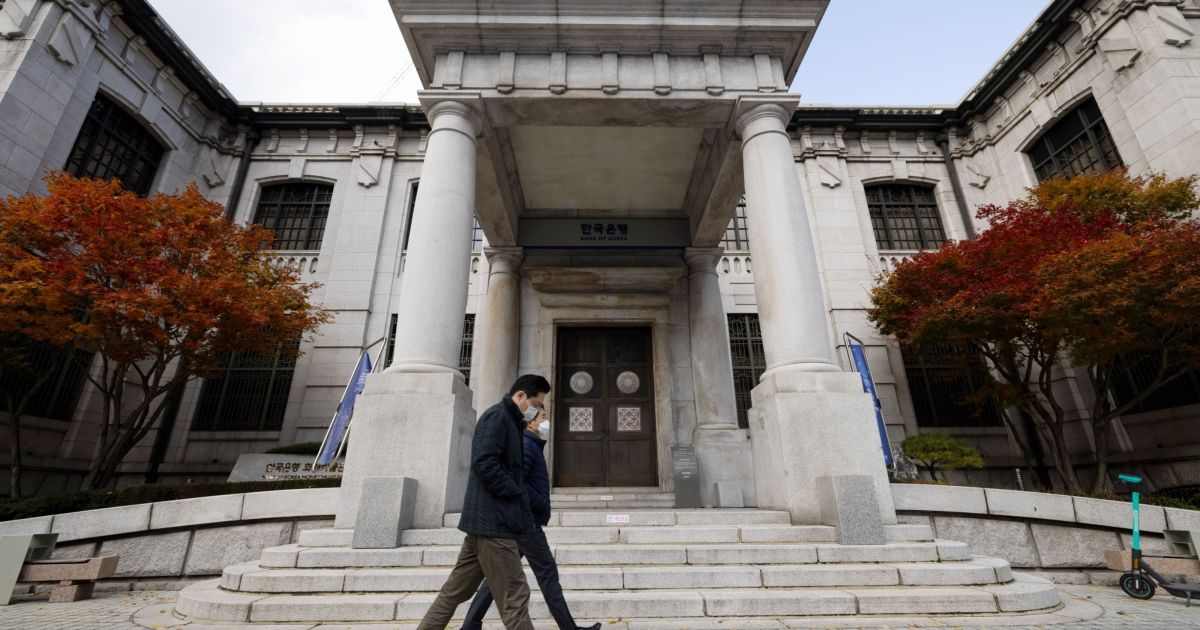Asia Pacific finally saying bye bye to ultra-low interest rates | Business and Economy
EDITOR’S ANALYSIS
The region is moving to address inflationary warning signs after avoiding skyrocketing inflation seen in the United States.
The Asia Pacific’s run of record-low interest rates is fading into history.
After holding back on tightening monetary policy to avoid derailing the post-pandemic economic recovery, central banks in the region are finally deciding that the spectre of rising inflation can no longer be ignored.
Hawkish central banks like the Bank of Korea and the Reserve Bank of New Zealand have begun tightening in earnest, this week delivering rate hikes that surpassed market expectations.
The Monetary Authority of Singapore – which controls the money supply through exchange rates due to the city-state’s heavy dependence on trade – also announced a significant tightening of policy.
Meanwhile, central banks in emerging Asian economies like the Philippines, Malaysia and India have sent recent signals that higher rates are on their way, while the Reserve Bank of Australia has ditched its earlier pledge to be “patient” on hikes.
China and Japan are the exceptions, still clinging to lower rates to underpin economic growth.
The hawkish turn spells higher costs for borrowing and investment across the region, as policymakers walk a fine line trying to tame rising prices without choking off economic growth completely.
Until recently, the Asia Pacific had avoided the kind of rampant inflation that is causing considerable political and policy headaches in the United States, where prices are rising at their quickest pace since 1981, in part due to the region’s more gradual unwinding of pandemic restrictions.
The slow reopening encouraged central banks to stick with ultra-loose policy settings for longer.
As Trinh Nguyen, a senior economist for Asia at Natixis in Hong Kong, explains, “higher debt and slower growth led central banks to prioritise growth”.
Not only is the region, excluding China, well on the way to reopening, but the war in Ukraine, sanctions against Russia and Beijing’s draconian “zero COVID” policies are also disrupting supply chains for everything from oil and coal to cars and wheat.
While most of the Asia Pacific has yet to match the US’s punishing 8.5 percent inflation rate – the exceptions, Sri Lanka and Pakistan, are in the midst of political and economic crises – the respite from surging prices appears to be well and truly over.
In March, South Korea’s consumer price index hit 4.1 percent, a decade-high, while India’s index rose to 6.95 percent.
With inflation’s hold on the region in its early days, economists see a flurry of rate hikes on the horizon in 2022 and possibly beyond — although central banks in countries experiencing weaker recoveries, such as Thailand, could cling to ultra-loose policies for longer.
The question is how well central banks will be able to strike a balance between the conflicting interests of stable prices, low levels of unemployment and solid economic growth.





Pingback: 무료 영화 다시보기
Pingback: buy cloned credit cards
Pingback: สล็อตเว็บตรง
Pingback: รับทำเว็บไซต์ WordPress